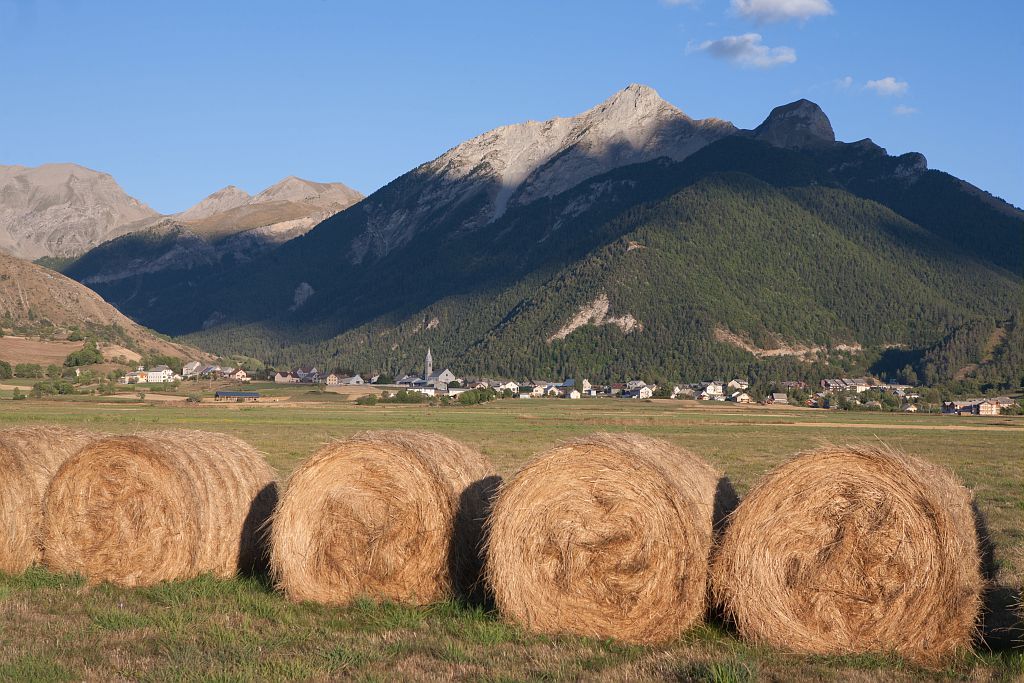
1. Stage 1: Ancelle - Col Bayard Oxygenation Centre - Le Noyer
After reaching the Col de Moissière and its great view over the Gapençais, the route makes for Col Bayard via a disused railway track and the peaceful Gap Canal. You move towards Col de Gleize with its wide-open views, before plunging towards the resort of Laye and lower Champsaur. A long forest section leads you to Cabane des Pierres for the last descent to Le Noyer.
Description
- A mountainside track with a great view over the Gapençais arrives in Le Collet and the Ouragnatte picnic area, going round Le Puy de Manse by the north and plunging down on the Col de Manse road with a short, technical descent. /!\ Continue on towards Gap along the disused Champsaur railway line that runs slowly down to Lac des Jaussauds.
- Cross the D944, then ride along the Gap Canal for a few kilometres.
- When you arrive at a hairpin bend, turn right onto a track going up to the Col Bayard golf course and the Oxygenation Centre.
- After crossing the very busy RN 85 /!\, you reach the Col de Gleize road. After a few turns on the way to the barrier, at about 1560 m, you head north towards the north and Champsaur along the Lauzon forest road. You cross a larch forest and arrive at a nice single track leading to La Cuque and the Laye resort (which our route goes round) and the village of Les Farelles.
- Avoid Fare-en-Champsaur: at the crossroads with the D217a, turn left onto the path. There follows a series of long climbs, enhanced by the sight of the peaceful Chapel of Notre Dame de Bois Vert (take the time to enjoy the view over the Champsaur woodland), until you reach the GR of the Cabane des Pierres and the Cabin of the same name.Then (at last!) you go down towards Le Noyer. But you need to concentrate because the beginning is quite technical and the ground is uneven. /!\
- Departure : Ancelle
- Arrival : Le Noyer
- Towns crossed : Ancelle, La Bâtie-Neuve, Forest-Saint-Julien, La Rochette, Gap, Laye, La Fare-en-Champsaur, Poligny, and Le Noyer
9 points of interest
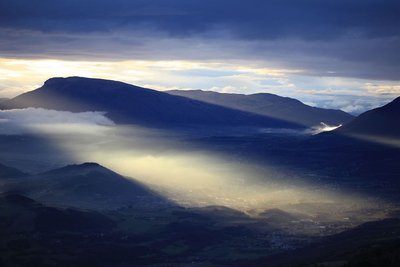
Gap depuis faudon - Marc Corail - PNE  Panorama
PanoramaView over Gap
To the south of Champsaur, the town of Gap is the administrative centre of Hautes-Alpes, with a little over 40,000 inhabitants. It stands at an altitude of 700 m on a major communications route between Provence and the Alps, and enjoys generous rates of sunshine with large natural areas in the vicinity. In 2013, L'Equipe newspaper voted the town of Gap as France's most sports-oriented town of over 20,000 inhabitants.
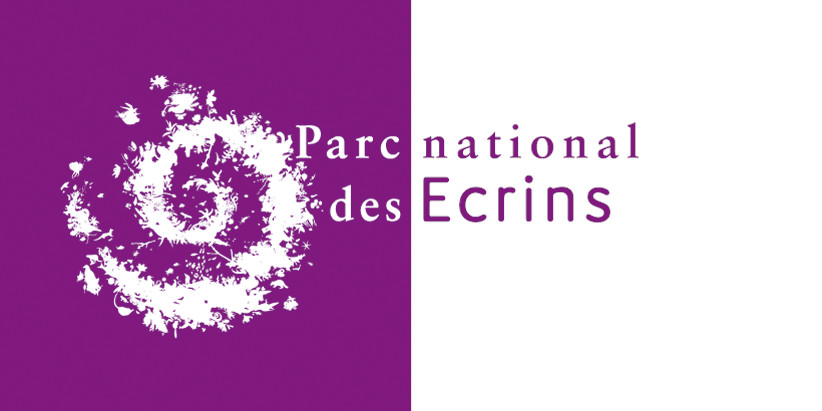
 History
HistoryCanal de Gap
Work began on the canal in 1864 and was completed in 1880. The canal is 28 km long, and takes its water from the River Drac, upstream of Pont du Fossé, before channelling it into the Gap basin. In today's money, it cost some 2 billion euros to build! The man in charge of the project, Maurice Garnier, a local member of parliament and contractor, went bankrupt and died in poverty, but managed to improve the life of local farmers.
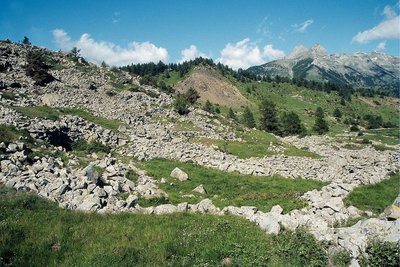
Faudon - les murets et les clapiers d'épierrement - Marc Corail - PNE  Archaeologie
ArchaeologieArchaeological site of Faudon
A quick ride takes you past the Croix Saint-Philippe to the remains of the Gallo-Roman village of Faudon, meaning mountain of fayards or beech trees) Settled during the Bronze Age by the Tricorians with a population of up to 400, in the Middle Ages this village became a stronghold for the local nobles before being abandoned in the seventeenth century.

 History
HistoryOld Champsaur railway line
1912 saw the start of the Champsaur rail works, an old project for a line between Grenoble and Gap which was intended to pass through Champsaur. In service from 1932 onwards, the Mure to Corps section was an undoubted success. From Corps to Gap, the earthworks and engineering works were almost totally complete. However, the onset of the War, a lack of resources and the development of cars all brought the project to an end in 1941. Today, numerous structures along the route bear witness to this past endeavour.

 Fauna
FaunaMouflon
If you make a detour to the Col de Gleize, you may well see some mouflons. An ancestor of the sheep with ammonite horns, it was introduced from 1949 into the Alps from herds in Corsica and central Europe, and seems well settled in the Chaudun area. Even though the European Union recommends strict protection of the mouflon, it is still hunted during the hunting season. Its populations are ill-adapted to extreme Alpine conditions and can fluctuate according to the winter weather.

 Know-how
Know-howONF
The work of the Office National des Forêts (National Forestry Office) is not limited to the forests. After buying a large amount of land following the rural exodus (public land), the state delegated to the Water and Forestry agency the difficult task of preserving the natural heritage of a large number of areas (restoration of land and building, maintenance of paths, etc.)
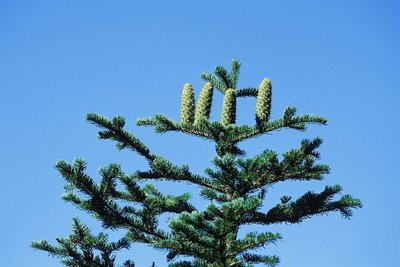
Cônes de sapin blanc - Parc national des Ecrins  Flora
FloraFir
100 metres below the Cabane des Pierres stands the oldest and biggest fir tree in Champsaur. It is a European silver fir (Abies alba). The silver fir is often confused with the spruce (Picea abies). A tip to tell them apart: the spruce has cones that hang under the branch with needles all around the branch, while the fir has upright cones and rows of needles that stand out through having two small white lines underneath them.
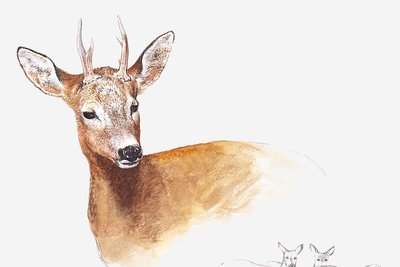
Chevreuil - Pierre-Emmanuel Dequest -PNE  Fauna
FaunaRoe deer
Walnut forests are a favourable home for roe deer. They came from Italy, the Isère and Drôme regions, and were added to some forty animals that were released between 1969 and 1975 in the neighbouring forests of Durbon and Morgon. This timid animal can be recognised by its red-brown coat and white patch on its rear.

 History
HistoryDominique Villars
The botanist Dominique Villars was born in Noyer in 1745. From an early age he was interested in botany, and with his friend, Dominique Chaix, a priest and botanist from Roche des Arnauds, he discovered many new species. He wrote "L'histoire des plantes du Dauphiné" (History of Plants in the Dauphiné), bringing together 3,000 species. Shortly before his death in 1814, Napoleon Bonaparte appointed him botany professor at the Strasbourg Special Medical School.
Altimetric profile
Sensitive areas
Golden eagle
- Impacted practices:
- Aerial, , Vertical
- Sensitivity periods:
- JanFebMarAprMayJunJulAug
- Contact:
- Parc National des Écrins
Julien Charron
julien.charron@ecrins-parcnational.fr
Peregrine falcon
- Impacted practices:
- Aerial, Vertical
- Sensitivity periods:
- FebMarAprMayJun
- Contact:
- Parc National des Écrins
Julien Charron
julien.charron@ecrins-parcnational.fr
Short-toed snake eagle
- Impacted practices:
- Aerial,
- Sensitivity periods:
- MarAprMayJunJulAugSep
- Contact:
- Parc National des Écrins
Julien Charron
julien.charron@ecrins-parcnational.fr
Source

Report a problem or an error
If you have found an error on this page or if you have noticed any problems during your hike, please report them to us here:
